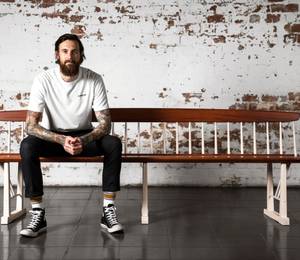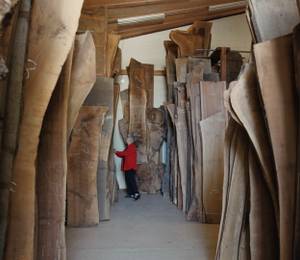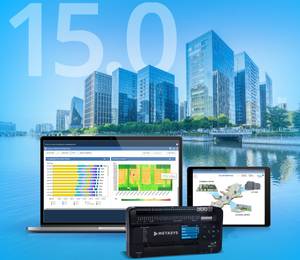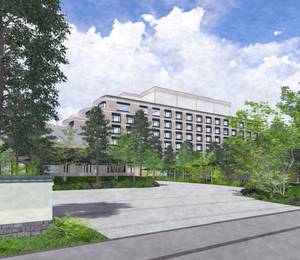PLP Architecture has designed a new high-rise residential project ‘Park Nova’ in Orchard Road in Singapore. It is their first project in Singapore and the first housing development in Southeast Asia. The company is also considering to open a new studio in Singapore. Tina Qiu, Senior Associate Partner of PLP Architecture tells SEAB more about their plans.
SEAB: Can you briefly describe some of the unique and sustainable features of your new high-rise residential project ‘Park Nova’ in Orchard Road, Singapore?
TINA: Park Nova is a unique project where luxury and sustainability are compatible and work in harmony with one another. We created comfortable outdoor environments that can be merged easily into the indoor living spaces. In the post-pandemic world, we have all come to appreciate the benefits of outdoor spaces and the importance of biophilia to promote health and wellbeing. The infusion of gardens on each residential floor creates a natural extension of the home and provides a “green living room” – making the home comfortable and adaptable.
The building employs a multi-faceted approach to sustainable design. The planting is deeper in areas to ameliorate urban heat-island effects generated by the building use. Each lush green planter acts as a sunscreen through the shielding capacity of leaves. This process reduces the absorption of solar radiation which subsequently reduces the heat transfer into the building. The collection of planters forms a garden that will have the additional effect of lowering the perceived thermal range on the building’s perimeter. On a larger urban scale, the plants provide for a biodiversity and actively absorb carbon, particularly in tropical areas like Singapore where, due to the extreme temperatures, air-conditioning is still a necessity.
In promoting sustainable design, in the studio, we are now focusing a lot more on the overall embodied carbon of a building over the course of its lifetime. If we design well and the building serves its users to stand the test of time, then the lifetime embodied carbon of the building over its lifecycle will be significantly less than buildings that frequently undergo repurposing in order to keep with the use.
SEAB: What are your reasons for choosing Singapore as your new studio location?
TINA: There is growing interest in our work in Singapore and Southeast Asia. As such, we are exploring options for a greater regional presence in the near future. We see Singapore as a springboard for our expansion plans in Southeast Asia. Establishing a permanent presence in Singapore means that we are making a commitment to our existing and future clients that we will have a full time presence in Singapore to support and realise their projects. We believe we can bring to the table some of the ideas that we have been working on elsewhere in the world, but also translate it to be workable specifically for Singapore and the region. We already have a small studio in Japan, and we see Singapore as being the second pillar in our establishing a permanent presence in Asia, working with our London and Tokyo Studio.
“We see Singapore as a springboard for our expansion plans in Southeast Asia.” – Tina Qiu
SEAB: What type of projects has PLP designed in Southeast Asia? Can you name some of them for our readers?
TINA: Park Nova is our first project in Singapore and Southeast Asia although we have a few others in the pipeline, which I hope to be able to talk about soon. We are very active in Japan and have ongoing projects in China. PLP Architecture is not just an architectural firm. For example, we recently provided consulting services on a new generation consumer product for a South Korean company which will soon be released.
SEAB: How important is architectural research when undertaking a project?
TINA: We are a research driven practice and enjoy the collaborative opportunities that research affords us. Our PLP Labs is a multi-disciplinary advisory and research group that develop concepts and technologies to make the built environment more integrated with emerging technologies, more user-conscious and better equipped to fight climate change.

















